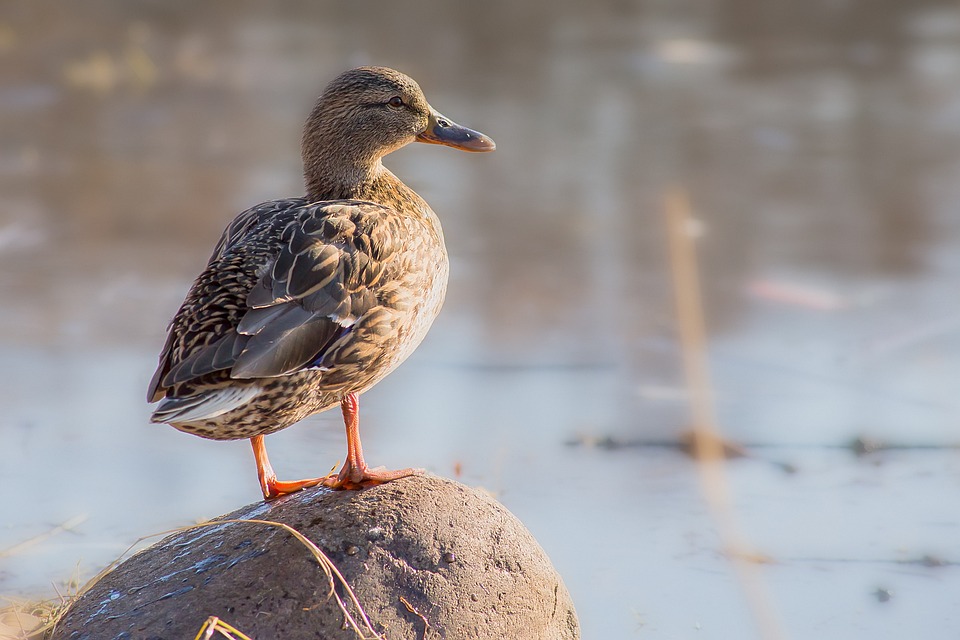Maintaining a thriving fish tank is not an easy task, but incorporating disease-resistant plants can make it much more manageable. These plants not only add beauty to your aquarium but also provide numerous benefits for your fish. They help with oxygen production, waste absorption, and provide shelter. In this article, we will explore the top 10 disease-resistant plants that are perfect for your fish tank and provide essential care tips.
1. Anubias (Anubias barteri): Anubias is a slow-growing, low-light plant with broad, dark green leaves. It is highly resistant to diseases and provides excellent shelter for fish. Place it in shaded areas, avoid burying the rhizome, and attach it to rocks or driftwood.
2. Java Fern (Microsorum pteropus): Java Fern is a hardy plant with delicate, leathery leaves and a unique root structure. It is disease-resistant and provides hiding spots for fish fry. Avoid burying the rhizome, attach it to rocks or driftwood, and provide low to moderate light.
3. Amazon Sword (Echinodorus amazonicus): Amazon Sword is a popular plant with long, sword-shaped leaves and a vibrant green color. It is disease-resistant and helps control algae growth. Plant it in a nutrient-rich substrate, provide moderate to high lighting, and supplement with fertilizers.
4. Cryptocoryne (Cryptocoryne wendtii): Cryptocoryne is a versatile plant with various leaf shapes and colors, ranging from green to red. It is highly adaptable and resistant to diseases. Plant it in a nutrient-rich substrate, provide low to moderate lighting, and avoid sudden changes in water conditions.
5. Water Sprite (Ceratopteris thalictroides): Water Sprite is a fast-growing plant with delicate, feathery leaves that float at the water’s surface. It acts as a natural water purifier and offers excellent coverage for fish. Provide moderate to high lighting, trim regularly, and avoid overcrowding.
6. Java Moss (Taxiphyllum barbieri): Java Moss is a versatile plant with dense, bushy growth and small, bright green leaves. It is exceptionally hardy and provides a favorable environment for beneficial microorganisms. Attach it to rocks or driftwood, provide low to moderate lighting, and trim regularly to maintain its shape.
7. Hornwort (Ceratophyllum demersum): Hornwort is a popular floating plant with long, needle-like leaves. It helps combat algae growth, provides shade, and improves water quality. Float or plant it in the substrate, provide moderate to high lighting, and trim if it becomes too dense.
8. Water Wisteria (Hygrophila difformis): Water Wisteria is a fast-growing plant with delicate, lacy leaves and a vibrant green color. It is disease-resistant and helps remove excess nutrients from the water. Plant it in a nutrient-rich substrate, provide moderate to high lighting, and trim regularly.
9. Vallisneria (Vallisneria spiralis): Vallisneria is a popular plant with long, ribbon-like leaves that grow in dense clusters. It is disease-resistant, absorbs excess nutrients, and provides oxygen. Plant it in a nutrient-rich substrate, provide moderate to high lighting, and allow enough space for growth.
10. Amazon Frogbit (Limnobium laevigatum): Amazon Frogbit is a floating plant with round, leathery leaves and long, trailing roots. It shades the water, absorbs nitrates, and provides a natural spawning site. Float it on the water’s surface, provide moderate lighting, and remove excess growth when needed.
Now, let’s answer some frequently asked questions about disease-resistant plants for fish tanks:
Q: Can live plants prevent diseases in fish tanks?
A: Yes, live plants can help prevent diseases in fish tanks by providing a natural and healthy environment. They increase oxygen levels, absorb harmful substances, and reduce stress, enhancing the overall well-being of your fish.
Q: Do disease-resistant plants require any specific care?
A: Disease-resistant plants generally have low maintenance requirements. However, it’s crucial to provide adequate lighting, a suitable substrate, and regular trimming to ensure their optimal growth and health.
Q: Can disease-resistant plants eliminate the need for water changes?
A: While disease-resistant plants contribute to maintaining water quality, regular water changes remain essential to remove accumulated toxins, replenish minerals, and ensure a healthy environment for your fish.
Q: Are these plants safe for all fish species?
A: Most disease-resistant plants are safe for a wide range of fish species. However, it’s crucial to research the specific needs and compatibility of your fish with the plants you choose to ensure a harmonious and safe environment.
Q: How can I prevent plant diseases in my aquarium?
A: To prevent plant diseases, maintain proper water parameters, avoid overcrowding, practice good hygiene, and quarantine new plants before introducing them to your aquarium. Regularly inspect plants for signs of disease and promptly address any issues that arise.
Incorporating disease-resistant plants into your fish tank not only enhances its aesthetics but also promotes a healthy and thriving aquatic ecosystem. Choose from the top 10 plants mentioned above, and watch your fish thrive in a visually appealing and disease-free environment. Remember to provide proper care and maintenance to ensure the longevity and well-being of both your plants and fish.









